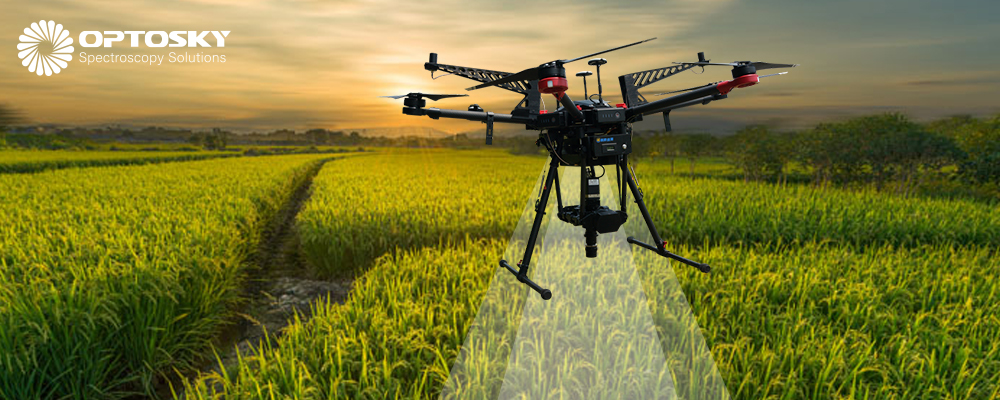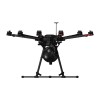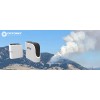Detecting the Rice Leaf Blast by Hyperspectral
Using leaf reflectance spectroscopy to detect RLB infection in asymptomatic, early and mild stages of disease.
Rice, also known as rice, is the main food for half the world's population. Rice blast, also known as rice fever, fire blast, kowtow blast, etc., is caused by rice blast pathogen, a disease on rice. Rice blast spreads all over the world and is the main disease in rice production. The occurrence of rice leaf blast can cause irreversible damage to leaf tissue and seriously affect leaf photosynthesis. Therefore, early and accurate detection of rice leaf blast is very important to control the spread and proliferation of the disease. However, spectroscopic detection of rice leaf blast (RLB) infection, especially in asymptomatic or early spectroscopic detection, is rarely studied. Researchers investigated the feasibility of using leaf reflectance spectroscopy to detect RLB infection in asymptomatic, early and mild stages of disease development. Greenhouse experiments were conducted for two consecutive years to collect hyperspectral data at different days (350 ~ 2500nm) after inoculation. These hyperspectral data were processed to select disease-specific spectral features (DSSFs).
The results showed that rice plants showed considerable biochemical and spectral variation, and this variation pattern existed throughout the interaction between plant and pathogen. Reflectance spectroscopy has great application potential in high throughput crop disease monitoring at leaf scale and early identification of rice leaf blast at canopy scale. Airborne or spaceborne imaging spectroscopy has broad application prospects in mapping the early occurrence and severity of large-scale RLB infections.




















Comments: 0
No comments